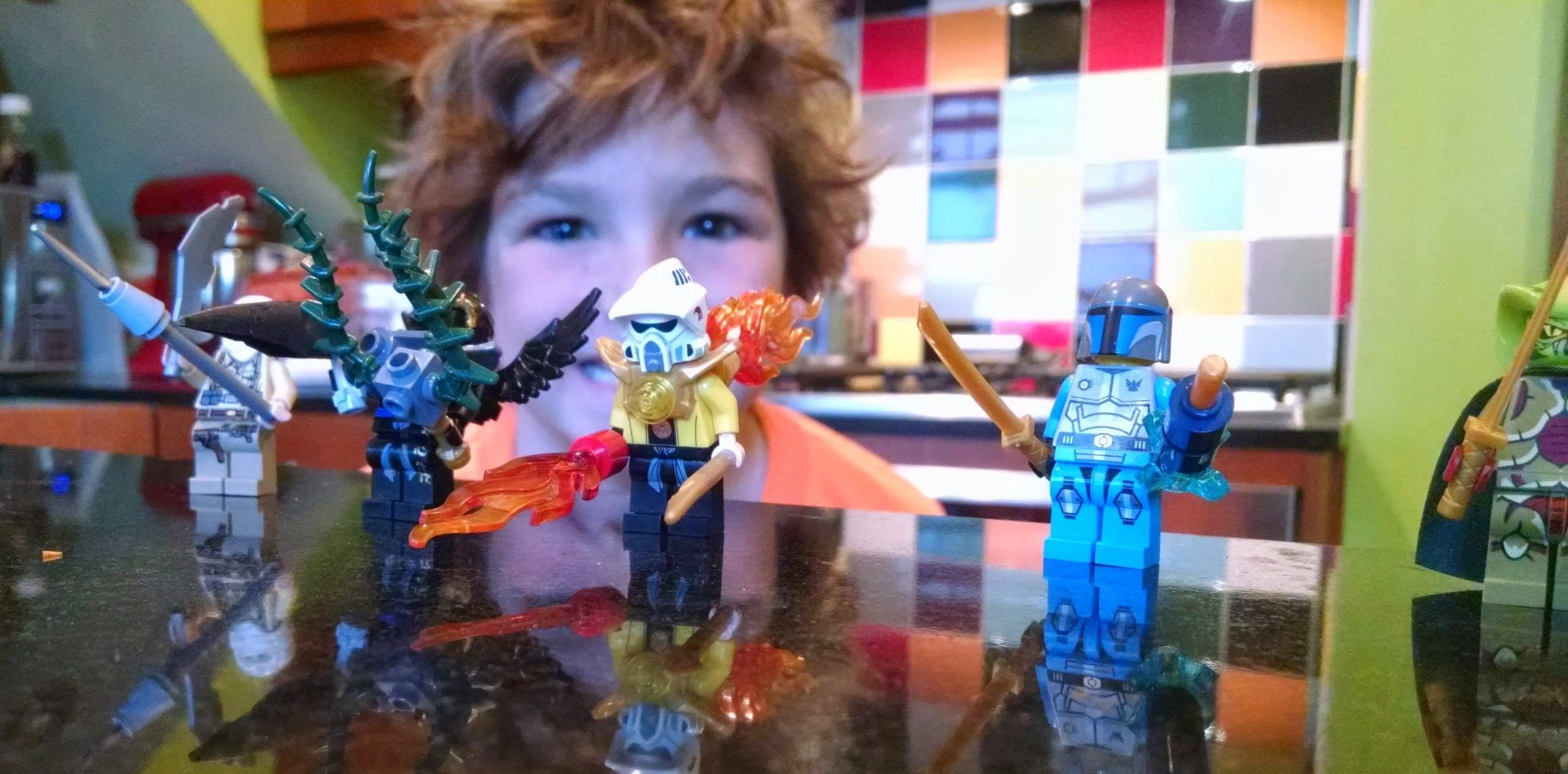How to Let Go of Kid Clutter
Kid Clutter
Kids generate a lot of stuff, that is indisputable. It’s a special denomination of stuff called kid clutter, and some children are more attached to it than others. Some kids like to organize and categorize their toys and clothes, some see absolutely no point in such activity.
Last week I was on a podcast for Slate.com called “How to.” The topic was “How to Let Go of Kid Clutter.” It was a lovely conversation with Carvell Wallace and Courtney E Martin, and I think you’ll really enjoy listening to it.
The Challenges of Professional Organizing
Carvell started by asking how I came to be an organizer, and then asked what I find challenging about the profession.
When we go into a house to help people with their clutter, there’s always a lot going on beyond what is visible. There are emotional and psychological issues, as well as family culture and expectations from people who aren’t at the session, maybe the client’s mother, or partner.
I mentioned how easy it is to work with school-aged children because there’s much less of that mental anguish going on with them. It’s very straightforward for most kids. If they like and use the item, they want to keep it. If they don’t, they can let it go without a lot of fanfare, guilt, or excuses.
We talked on the podcast about adults’ emotions and pressures which come up when it comes to keeping a house decluttered and organized. Throw in feelings about parenting and you’ve got yourself a petri dish of shame, regret, and confusion!
Much of my time with clients is spent listening to them explain why they want to keep or let go of something. There’s a lot of guilt around how their kids’ rooms look, which is a delicate topic.
Kids do love a bit of structure, and everyone thrives when there’s less clutter.
How Much is Too Much Kid Clutter?
In our podcast conversation we came to the conclusion that while it’s important for your home to be free of physical hazards, and while people (children especially) do thrive on routine and consistent expectations, it’s okay to have a messy house! Try to let go of what you think a child’s room should look like and focus more on your own, specific child’s strengths.
The same way not every child is going to be excited about cooking and being in the kitchen with you, every child will not be prone to keeping things tidy. For some kids, you will need to help them out. You might show them how to put away and edit their toys and artwork. Or you may do it for them while they are at school or asleep.
Letting Things Go
Once a person is around 7 years old, it’s best to ask them before getting rid of their things. But it doesn’t need to be a battle. Hiring a professional organizer (or having another trusted non-parent help) is one option for avoiding a fight with your kids about what can stay or go.
Sometimes a child will say “Just throw it all away! I don’t want that baby stuff anymore!” and it will break your heart a little. In this case, you can secretly veto their decision and absolutely keep some of their artwork, a favorite baby outfit, or in my case my son’s tiny cowboy boots. But keep those things for yourself. Don’t force your hoarding tendency or your sentimentality onto your child. Yes, they may appreciate seeing the things you’ve kept one day. And at that time you may choose to let them take those treasures to their own house, to put in their garage! Or you might keep them forever in your home where you can see them and reminisce.
Curating the Treasures
Of course you need to edit what you keep. Depending on how much storage space you have, you can keep one or two art projects from every year of their lives, or a few printed photos. I find that everytime I go through my boxes of memories I can let go of a few more things, usually because I’ve forgotten the memories to which the things were attached. Carvell and Courtney resonated with the idea of memorabilia being like drafts of their writing. As time goes on, they can edit out more and more without it being as painful as trying to edit something they’ve just written.
We all three liked the idea of keeping something from each season of the child’s life, a sample of their handwriting, or a drawing of their family, or a story they wrote. But definitely not keeping every story or every drawing.

Try This Approach
If you are having trouble letting go of your children’s artwork or cute outfits, remember how much of your own childhood memorabilia you took with you when moving out of your parents’ house. Usually, the answer is nothing, or just one box of things.
Digital Kid Clutter
Our talk about kid clutter mentions having digital versus physical photos around the house, and I believe it’s good to have both. I don’t know what medium my kids will want to look at in the future. But I know I love having pictures hidden in drawers and cabinets so I can see them when I go to get my toothbrush or a pair of socks.
Talking with other parents about this issue is always helpful because we realize no one has the perfect answer and we are all doing pretty well, actually. There is no rule which applies to everyone, nor a simple organizing system which all kids can adopt. People are complicated and I hope you will give yourself credit for being a good parent in many ways.
Please listen to the podcast when you have a chance.
Thanks for reading.
Sincerely,
Nonnahs
Why won’t my kids pick up their toys?
https://www.getorganizedalready.com/help-kids-let-things-go-3/
The Most Important Step to Organize a Kid’s Room
